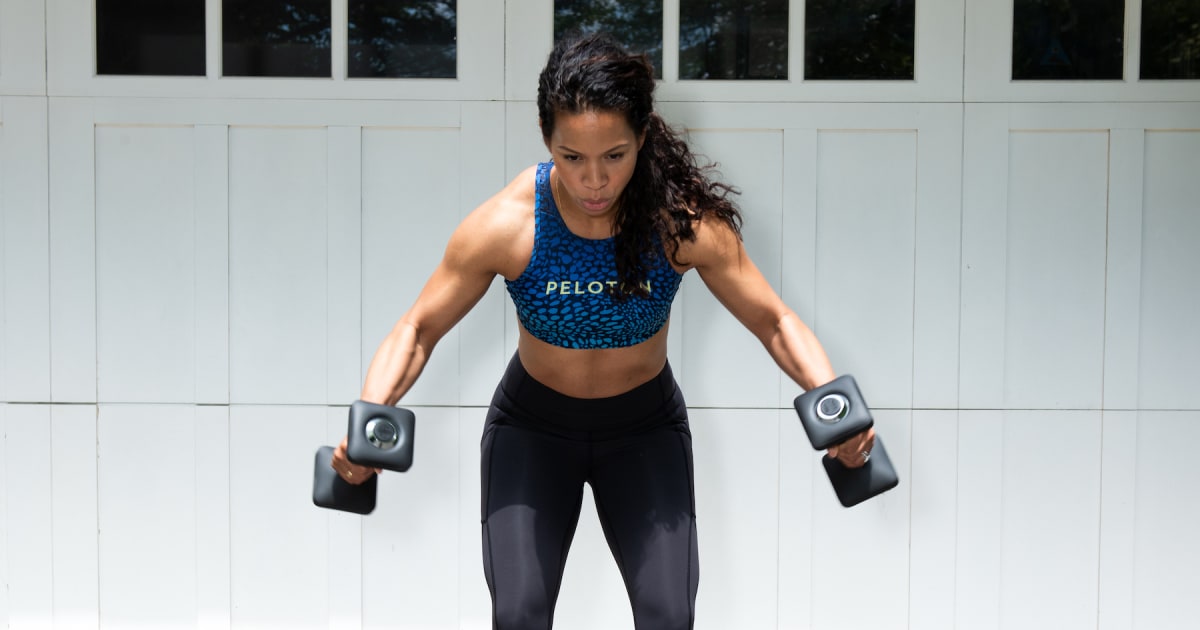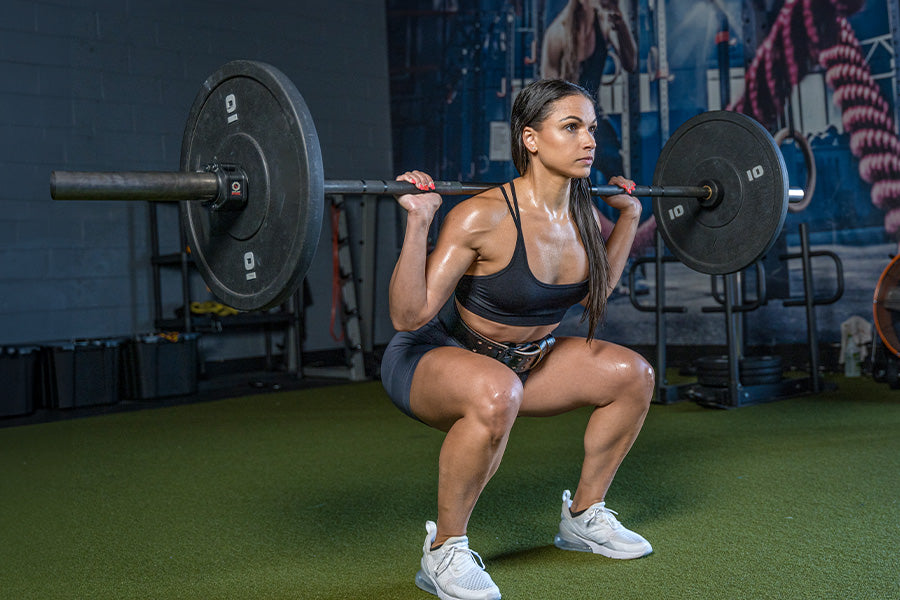"Unlock Ultimate Shoulder Strength: Proven Techniques for Power and Stability"
The shoulders are among the most flexible and fundamental muscle groups in the body, playing an essential role in nearly every upper body movement. Building strong, stable shoulders not only enhances athletic performance but also supports daily activities and prevents injuries. In this comprehensive guide, we will delve into proven techniques to unlock extreme shoulder strength, focusing on power, stability, and overall health.
Understanding Shoulder Anatomy
Before diving into exercises, understanding the shoulder's anatomy is crucial. The shoulder joint comprises three main bones:
Humerus (upper arm bone)
Scapula (shoulder blade)
Clavicle (collarbone)
These bones are supported by the rotator cuff — a group of four muscles (supraspinatus, infraspinatus, teres minor, and subscapularis) that stabilize the shoulder joint. Additionally, the deltoid muscle plays a significant role in shoulder movement and strength.
A balanced shoulder-strengthening program targets all these muscles to improve both power and stability.
Benefits of Shoulder Strength
Enhanced Athletic Performance: Strong shoulders improve performance in sports like swimming, basketball, and tennis.
Injury Prevention: A stable shoulder reduces the risk of common injuries such as rotator cuff tears and impingements.
Improved Posture: Strong shoulders help counteract the effects of slumping and forward head posture.
Better Functional Fitness: Daily activities like lifting, pushing, and pulling become easier with robust shoulder strength.
Key Principles for Building Shoulder Strength
Progressive Overload: Gradually increase resistance to challenge the muscles and promote growth.
Balanced Training: Ensure all shoulder muscles, including the front, side, and rear delts, are worked equally.
Incorporate Stability Exercises: Include movements that enhance joint strength and control.
Warm-Up and Mobility Work: Prepare the shoulders with dynamic stretches and mobility exercises to prevent injury.
Proven Techniques for Shoulder Strength and Stability
1. Overhead Press
The overhead press is a classic compound movement that targets the deltoids, triceps, and upper chest.
How to Perform:
Stand with feet shoulder-width apart.
Hold a barbell or dumbbells at shoulder level, palms facing forward.
Press the weight overhead until arms are fully extended.
Lower the weight back to the starting position.
Tips:
Engage your core to prevent arching your back.
Use a controlled tempo to avoid momentum.
2. Lateral Raises
Lateral raises isolate the lateral delts, helping to create broader shoulders.
How to Perform:
Hold dumbbells at your sides, palms facing your body.
Raise the weights outward to shoulder level, keeping a slight bend in your elbows.
Slowly lower the weights back to the starting position.
Tips:
Avoid lifting too heavy to maintain proper form.
Keep movements slow and deliberate.
3. Face Pulls
Face pulls are excellent for targeting the rear delts and improving shoulder stability.
How to Perform:
Attach a rope handle to a cable machine at eye level.
Pull the rope toward your face while keeping elbows high and wide.
Squeeze the shoulder blades together at the end of the movement.
Tips:
Use light to moderate weight to focus on control.
Keep your back straight and avoid leaning.
4. Arnold Press
The Arnold press, named after Arnold Schwarzenegger, combines shoulder pressing with rotation to engage multiple muscle groups.
How to Perform:
Hold dumbbells in front of you, palms facing your body.
Rotate your arms outward as you press the weights overhead.
Reverse the movement to return to the starting position.
Tips:
Focus on a smooth rotation.
Use moderate weight to maintain control.
5. Push-Up Plus
The push-up plus targets the serratus anterior, which supports shoulder stability.
How to Perform:
Perform a standard push-up.
At the top, push your shoulder blades apart to engage the serratus anterior.
Return to the starting position and repeat.
Tips:
Keep your core tight to avoid sagging hips.
Perform on your knees if necessary to maintain form.
Stability Exercises for Long-Term Health
Stability exercises are essential for maintaining healthy shoulders, especially if you engage in heavy lifting or overhead movements.
1. Plank Shoulder Taps
This exercise challenges shoulder stability while engaging the core.
How to Perform:
Start in a plank position.
Lift one hand to tap the opposite shoulder.
Alternate sides while keeping your hips stable.
Tips:
Avoid rotating your hips.
Move slowly for better control.
2. Turkish Get-Up
The Turkish get-up is a full-body movement that improves shoulder stability and mobility.
How to Perform:
Hold a kettlebell overhead with one arm.
Slowly move from lying on the floor to standing, keeping the weight overhead.
Reverse the movement to return to the starting position.
Tips:
Focus on smooth transitions between positions.
Start with a light weight to master the technique.
Common Mistakes to Avoid
Neglecting Rear Delts: Overworking the front delts while ignoring the rear delts can lead to muscle imbalances.
Using Too Much Weight: Prioritize proper form over heavy lifting to prevent injuries.
Skipping Warm-Ups: Cold muscles are more prone to strains and tears.
Ignoring Mobility: Limited shoulder mobility can hinder strength progress and increase injury risk.
Sample Shoulder Strength Workout Plan
Warm-Up:
Arm circles: 2 minutes
Band pull-aparts: 2 sets of 15 reps
Scapular push-ups: 2 sets of 10 reps
Workout:
Overhead Press: 4 sets of 8-10 reps
Lateral Raises: 3 sets of 12-15 reps
Face Pulls: 3 sets of 10-12 reps
Arnold Press: 3 sets of 8-10 reps
Plank Shoulder Taps: 3 sets of 15 taps per side
Cool-Down:
Cross-body shoulder stretch: 2 minutes per arm
Child’s Pose: 2 minutes
Conclusion
Unlocking extreme shoulder strength requires a combination of power-building exercises, stability movements, and attention to form. By incorporating the techniques outlined above, you can achieve well-rounded shoulders that are not only strong but also resilient and functional. Remember, consistency and proper recovery are key to long-term success. Start your journey to powerful, stable shoulders today!




























0 comments: